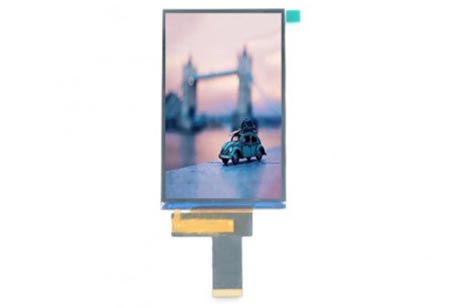What does high brightness display mean?
Views: 327 Update date: May 08,2024
In the realm of visual technology, the term "high brightness display" holds a pivotal significance, yet its essence often remains veiled in ambiguity.
At its core, a high brightness display denotes a screen engineered to emit luminance levels significantly surpassing conventional counterparts. This heightened luminosity, often measured in nits, imbues the display with an unparalleled ability to combat ambient light interference, ensuring optimal visibility across diverse environmental conditions.
The practical ramifications of high brightness displays permeate myriad sectors, transcending conventional consumer electronics. In outdoor signage, for instance, these displays emerge as indispensable assets, captivating audiences amidst the glaring sun's onslaught. Similarly, in automotive infotainment systems, they augment driver safety by ensuring legibility amidst varying lighting conditions.
Understanding luminance necessitates delving into its quantitative metrics. Often quantified in candelas per square meter (cd/m²) or nits, luminance delineates the intensity of emitted light. In the context of high brightness displays, values exceeding 1000 nits are emblematic of superior luminosity, capable of mitigating glare and enhancing visual fidelity.
As technological horizons continue to expand, the trajectory of high brightness displays appears poised for exponential growth. Anticipated innovations include advancements in power efficiency, bolstered contrast ratios, and seamless integration with emerging display modalities such as augmented reality (AR) and virtual reality (VR).
In conclusion, high brightness displays epitomize a paradigm shift in visual technology, transcending conventional constraints to illuminate new realms of possibility.
At its core, a high brightness display denotes a screen engineered to emit luminance levels significantly surpassing conventional counterparts. This heightened luminosity, often measured in nits, imbues the display with an unparalleled ability to combat ambient light interference, ensuring optimal visibility across diverse environmental conditions.
Behind the mesmerizing luminance lies a sophisticated amalgamation of cutting-edge technologies. Predominantly, light-emitting diodes (LEDs) serve as the cornerstone, facilitating precise control over brightness levels. Furthermore, advanced backlighting mechanisms and proprietary algorithms synergize to orchestrate a symphony of radiance, accentuating every pixel with remarkable clarity.
Practical Implications in Real-world Scenarios
The practical ramifications of high brightness displays permeate myriad sectors, transcending conventional consumer electronics. In outdoor signage, for instance, these displays emerge as indispensable assets, captivating audiences amidst the glaring sun's onslaught. Similarly, in automotive infotainment systems, they augment driver safety by ensuring legibility amidst varying lighting conditions.
Understanding luminance necessitates delving into its quantitative metrics. Often quantified in candelas per square meter (cd/m²) or nits, luminance delineates the intensity of emitted light. In the context of high brightness displays, values exceeding 1000 nits are emblematic of superior luminosity, capable of mitigating glare and enhancing visual fidelity.
As technological horizons continue to expand, the trajectory of high brightness displays appears poised for exponential growth. Anticipated innovations include advancements in power efficiency, bolstered contrast ratios, and seamless integration with emerging display modalities such as augmented reality (AR) and virtual reality (VR).
In conclusion, high brightness displays epitomize a paradigm shift in visual technology, transcending conventional constraints to illuminate new realms of possibility.




